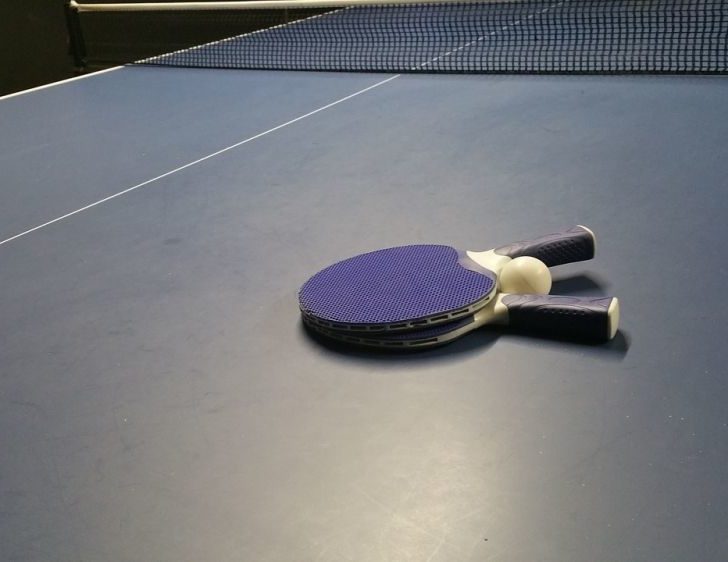Padel Ranking: En In-Depth Guide to Padel Rankings

Introduction
Padel ranking has become an essential component of the booming padel world. As the popularity of this fast-paced racquet sport continues to grow, players and enthusiasts seek a comprehensive understanding of how rankings work. In this article, we will delve into the world of padel ranking, exploring its different types, popularity, quantitative measurements, and differences between various ranking systems. We will also take a historical perspective on the advantages and disadvantages of different rankings.
Overview of Padel Ranking

Padel ranking is a system used to assess the skill levels of padel players and rank them accordingly. It provides a structured way to compare players and determine their relative standings within the sport. By establishing a hierarchical order, rankings enable players to compete against opponents of similar skill levels, ensuring fair and competitive matches.
Comprehensive Presentation of Padel Ranking
There are various types of padel rankings, each with its own characteristics and popularity. Let’s take a closer look at some of the most prominent ones:
1. World Padel Tour (WPT) Ranking: The World Padel Tour is arguably the most prestigious professional padel circuit globally, attracting top-ranked players from around the world. The WPT ranking takes into account players’ performance in WPT tournaments and assigns points accordingly. It is widely recognized as the benchmark for professional padel players.
2. International Padel Federation (FIP) Ranking: The FIP ranking encompasses players from various national and international tournaments, maintaining an extensive database of players’ results. This ranking system serves as a basis for national team selections and provides a global perspective on the padel landscape.
3. National Padel Rankings: Each country often has its own national ranking system, reflecting the local padel scene. These rankings consider players’ performances in domestic competitions and tournaments. They play a crucial role in determining national team representation and promotion/relegation within the country’s padel hierarchy.
Quantitative Measurements of Padel Ranking
Padel rankings rely on quantifiable measurements to determine players’ standings. A player’s performance in tournaments and matches directly influences their ranking position. Factors such as the strength of opponents, tournament level, and the number of matches played contribute to ranking points. The more successful a player is, the higher their ranking will be.
In addition to match performance, some ranking systems also consider other variables, such as the length of winning streaks, margin of victory, and the overall level of competition. These quantitative measurements enhance the accuracy and fairness of the rankings.
Differences Between Padel Ranking Systems
Despite the common goal of assessing players’ skill levels, different padel ranking systems can vary significantly. Factors influencing these differences include the methodology for allocating points, tournament category weightage, and geographical coverage.
For instance, the WPT ranking places more emphasis on performances in prestigious, high-level tournaments, while national rankings might prioritize domestic results. Furthermore, the FIP ranking system aims to provide a harmonized ranking system across countries, resulting in different focal points compared to country-specific rankings.
Historical Overview of Advantages and Disadvantages
Over the years, various ranking systems have emerged, each with its own set of advantages and disadvantages. Let’s explore some historical highlights:
1. Initial Challenges: In the early days of padel, ranking systems were often subjective and lacked uniformity. This led to inconsistencies and dissatisfaction among players. The need for an objective and standardized ranking system became evident.
2. Modern Evolution: With the advent of professional circuits like the World Padel Tour, ranking systems have become more sophisticated. The integration of quantifiable measurements has enhanced the credibility and accuracy of rankings, providing players with a transparent assessment of their skills.
3. Regional Disparities: One challenge that arises from different ranking systems is the potential regional disparities. For example, a player ranked highly in a national ranking may not achieve the same recognition in international competitions. Balancing regional considerations while maintaining a global perspective remains an ongoing task for ranking organizations.
Conclusion
Padel ranking plays a vital role in the padel world, providing structure, fairness, and competitiveness to the sport. Understanding the nuances of different ranking systems, their measurements, and their historical development is crucial for players, enthusiasts, and those involved in the padel community.
By embracing quantifiable measurements, refining methodologies, and addressing regional disparities, padel ranking systems can continue to evolve, ensuring accurate assessments of players’ skills and promoting the growth of the sport.
With the padel phenomenon only gaining momentum, the importance of padel ranking cannot be overstated. As players strive for success and enthusiasts keenly follow their favorites, ranking systems provide a tangible representation of the sport’s progress and players’ skill levels. Whether you are an aspiring padel player or an ardent follower, understanding the intricacies of padel ranking will undoubtedly enhance your appreciation for the game.











